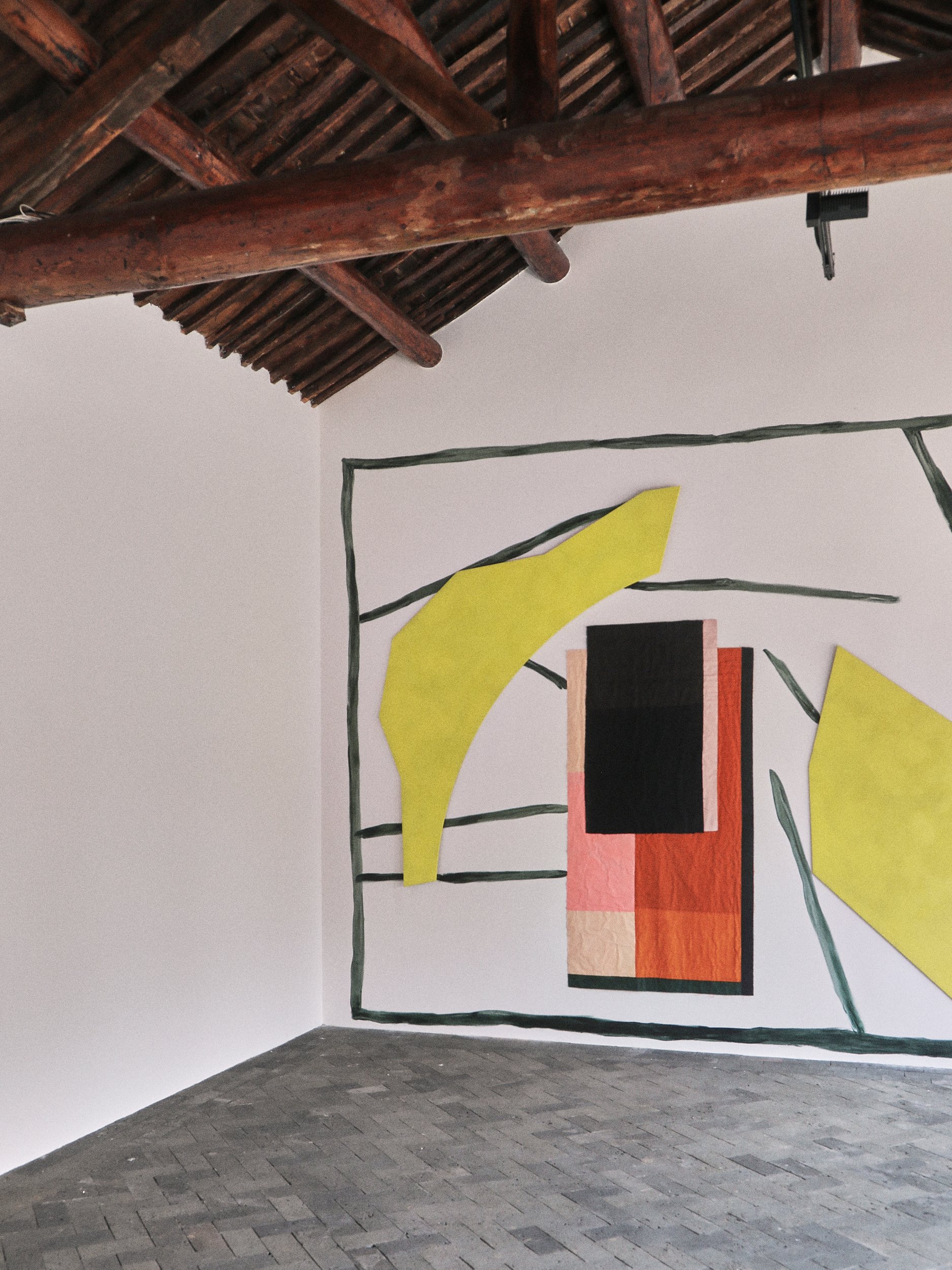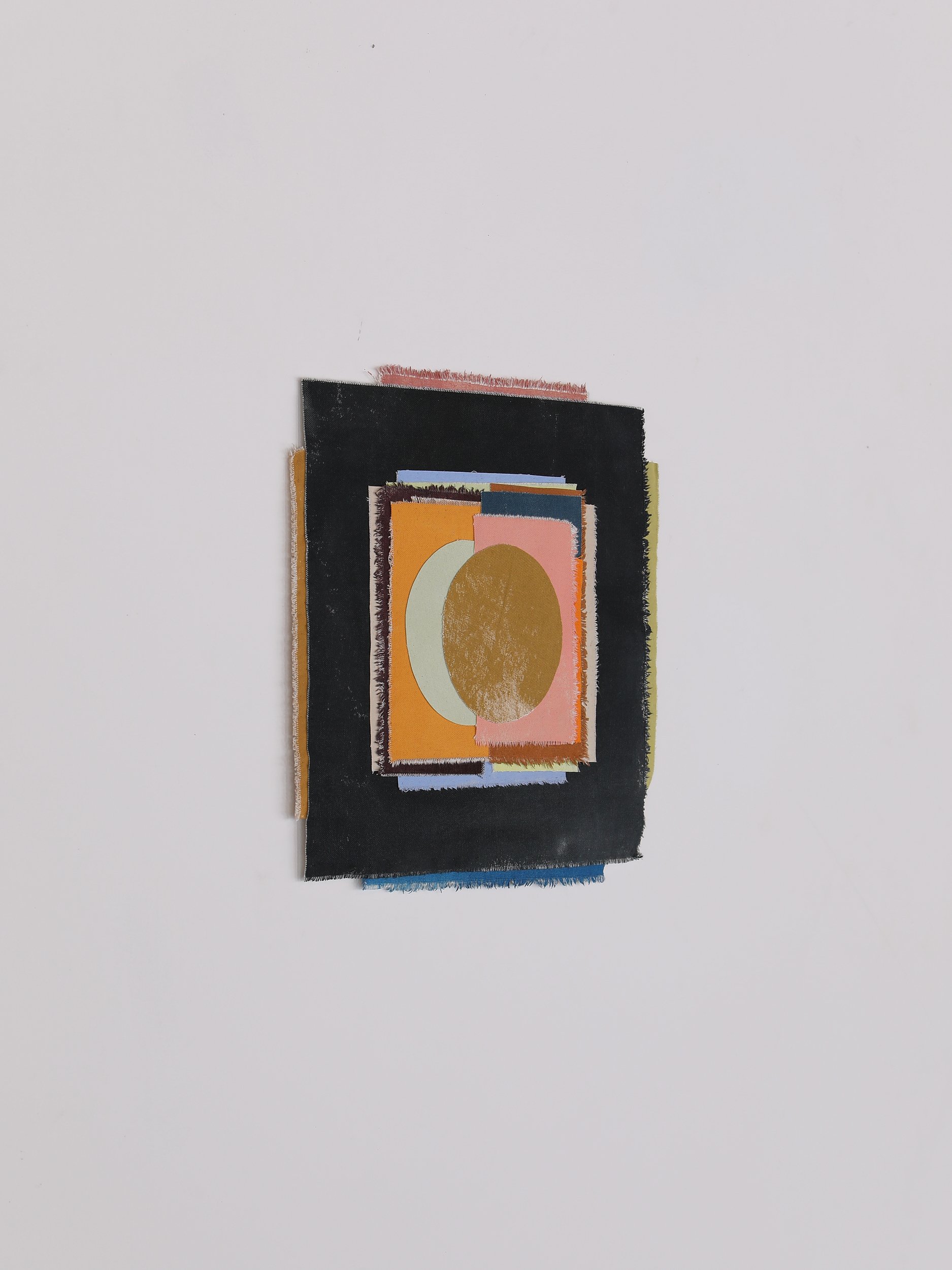O P E N S K Y
1 September — 16 November 2024
A solo exhibition by Fiona Curran
Time is being and being time, it is all one thing, the shining, the seeing, the dark abounding.
— Hymn to Time, by Ursula K. LeGuin
Open Sky, a new solo exhibition by British artist Fiona Curran, takes inspiration from the gallery’s courtyard space which enables a close relationship with the sky, one that highlights the subtle interactions between the architectural surroundings and the light of the changing seasons. Reflecting on the double meaning in Chinese philosophy of tian as both sky and also cosmos, Curran’s works - and the processes involved in their making – invite access to different modes of time and attentiveness to what remains of the everyday beyond the spaces of the screen. They explore slow or vacant time, inner contemplation and drifting states of consciousness where the sky becomes both the physical space of the earth’s atmosphere, subject to changing light conditions and weather patterns, but also a metaphorical space between visible and invisible worlds terrestrial and celestial.
In Curran’s work colour is an affirmation of presence and the act of noticing. It is spatial, material, rhythmic and spiritual, revealing the artist’s intimate connections to place and her engagement with the more-than-human world found in her everyday encounters with plants, trees, animals, insects and weather. Colour is gathered and patched together in densely stitched layers of painted cloth and dyed fabrics. In these works, colour suggests the elusiveness of sensory experience and inner moments of illumination: dappled light over eyelids, shadows from a tree in summer, the welcome warmth of a winter sun; smudged fingerprints on a perfect black glass surface; clouds passing over water; a breeze felt on the skin, a head that aches, the body as barometer.
Several works resemble quilt-like forms as painted cloths are pieced and patched together. These paintings maintain their softness, their creases and folds, their raw edges and frays. Quilts offer enclosed worlds that have a direct relationship with the body. In the process of their making, as fabrics are stitched together, cloth drapes over the legs or lap and is supported by the maker’s arms as material is gathered and held in the hands. This bodily connection then extends to the quilt’s traditional use as a covering for the body. Quilts are givers of warmth, comfort and protection, they offer recovery and shelter, they connect to acts of sleep, rest and dream. For Curran, these connections hold significance as the quilt’s function may support a utopian intention, one that projects new possibilities for transformation through deep rest and slowing down, one that pushes back against the screen’s subdual of sunlight and its colonisation of the spaces of daydream. In the process they seek a space of time that allows for different ways of being beyond the relentless demands of the information economy and the endless distractions of the screen.
Photos by Pan Shaofan, Gracis Ke
About the Artist
FIONA CURRAN (b.1971, UK)
Fiona Curran (b.1971, Manchester, UK) reads Philosophy at the University of Manchester before studying at Manchester School of Art and the Slade School of Fine Art, she teaches at the Royal College of Art in London and works from her studio in Hertfordshire.
Curran’s practice is rooted in painting but moves outwards to explore collage and the use of an expanded range of materials and processes, including textiles and site-specific installation. Her work is about an experience of landscape beyond the scenic “view,” towards a broader sense of place that is more attuned to feeling, memory and attention. Curran is also interested in the ways that screen-based technologies are impacting our embodied engagement with our environment through the flattening of space, the compression of time and the manipulation of perception and attention. Her work often references ideas of enclosure - in relation to both landscape and perception – using the division of space through materials and colour, alongside explorations of placement, view and frame.













